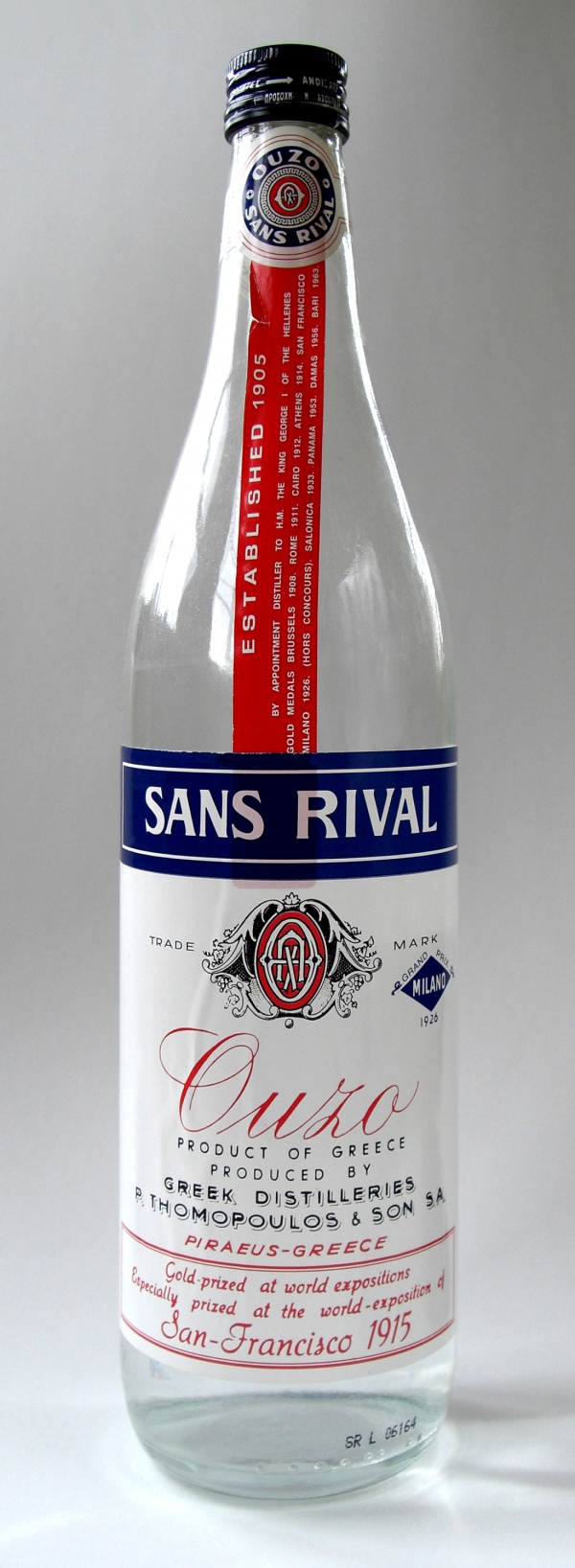Facts About Ouzo
Ouzo is a beloved dry, anise-flavored aperitif cherished in Greece and Cyprus. Crafted from rectified spirits that are distilled and flavored, it offers a taste reminiscent of other anise liquors such as rakı, arak, pastis, and sambuca. This iconic drink has its origins in tsipouro and gained popularity in the 19th century, with the first distillery opening in 1856.
When served, ouzo is typically mixed with water, causing it to turn a cloudy white, and is often accompanied by ice cubes. Some prefer to drink it straight from a shot glass. It is also a popular accompaniment to mezes, which are a variety of appetizers.
In 2006, Greece secured the exclusive right to label ouzo as a Greek product, along with tsipouro and tsikoudia. The origins of the name "ouzo" are debated. One theory ties it to Italian phrases seen on exported goods, while another suggests it comes from the Turkish word for grape. The production process involves distilling rectified spirit with anise and other flavorings, resulting in an alcohol content ranging from 37.5% to 50%.
In Greece, ouzo is traditionally enjoyed in ouzeries—establishments where it’s served with a spread of mezedes over several hours. Elsewhere, it is often sipped as an aperitif in authentic Greek restaurants. Be cautious, though: ouzo’s high sugar content can make it difficult to gauge your level of intoxication. It can be served chilled without water or ice, but is not typically used in cocktails. When water is added, ouzo turns milky-white due to the separation of anethole, the essential oil of anise.
Other similar aperitifs include Turkey’s rakı, France’s pastis, the Levant’s arak, and Italy’s sambuca. Ouzo shares a comparable taste with other anise-flavored liqueurs from Italy and Spain, as well as absinthe from France and Switzerland. Aguardiente from Colombia and Pallini Mistra from Italy also bear similarities to ouzo.

 United Kingdom
United Kingdom